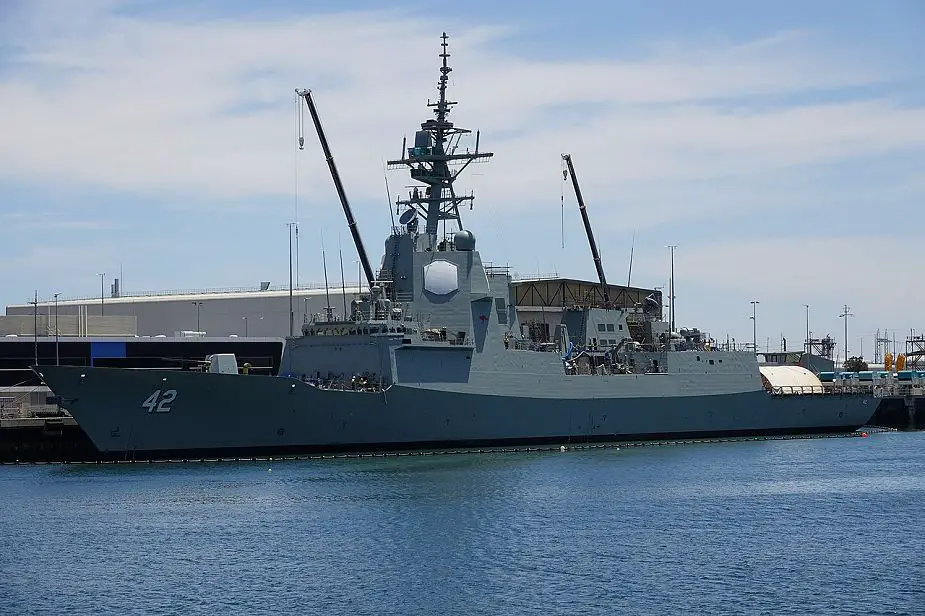Breaking news
Australia Navy taken delivery of HMAS Sydney DDG 42 Hobart-class Air Warfare Destroyer.
The Australian navy has taken the delivery of the NUSHIP Sydney – the third in Australia’s Hobart class of Air Warfare Destroyer, on February 28, 2020. This marks the end of the Air Warfare Destroyer project but the true beginning of our national naval shipbuilding endeavor, which will provide jobs and capability built right here in Australia for decades and generations to come, said senator Reynolds.
 HMAS Sydney (DDG 42) Hobart-class destroyer of the Australian Navy.(Picture source Wikimedia)
HMAS Sydney (DDG 42) Hobart-class destroyer of the Australian Navy.(Picture source Wikimedia)
It is important that we provide our Navy with the best possible capability and fortunately, we are able to build that capability right here in Australia and here in Adelaide. Our Navy is incredibly busy. Last year alone, they did 200 port visits to 32 countries, they participated in over 30 exercises and they have on average now over 20 ships a day at sea. So it is important that we continue to build the best possible capability, added senator Reynolds.
The Hobart-class is a ship class of three air warfare destroyers (AWDs) being built for the Royal Australian Navy (RAN). Planning for ships to replace the Adelaide-class frigates and restore the capability last exhibited by the Perth-class destroyers began by 2000, initially under acquisition project SEA 1400, which was redesignated SEA 4000.
The Hobart class ship has a length overall of 147.2 meters, a maximum beam of 18.6 meters, and a draught of 5.17 meters. At launch, the ships will have a full-load displacement of 6,250 tonnes (6,150 long tons; 6,890 short tons). The Hobarts have been designed to allow for upgrades and installation of new equipment, with a theoretical maximum displacement of 7,000 tonnes (6,900 long tons; 7,700 short tons).
The Hobart-class main weapon consists of a 48-cell Mark 41 Vertical Launch System. The cells are capable of firing the RIM-66 Standard 2 anti-aircraft missile or the quad-packed RIM-162 Evolved Sea Sparrow point-defence missile. The Force 2030 white paper indicates that the Hobart's Mark 41 launchers are likely to be capable (either as built or through later modification) of firing the RIM-174 Standard 6 anti-aircraft missile and the Tomahawk cruise missile.
The missiles are supplemented by two four-canister launchers for Harpoon anti-ship missiles and a BAE Systems Mark 45 (Mod 4) 5-inch gun with a 62-caliber barrel. The 5-inch gun has a maximum range of 23.6 kilometers. Two Babcock Mark 32 Mod 9 two-tube torpedo launchers will be carried and used to fire Eurotorp MU90 torpedoes at submarines. For close-in defense, the ships will carry an aft-facing Phalanx CIWS system, plus two M242 Bushmasters in Typhoon mounts sited on the bridge wings.





























